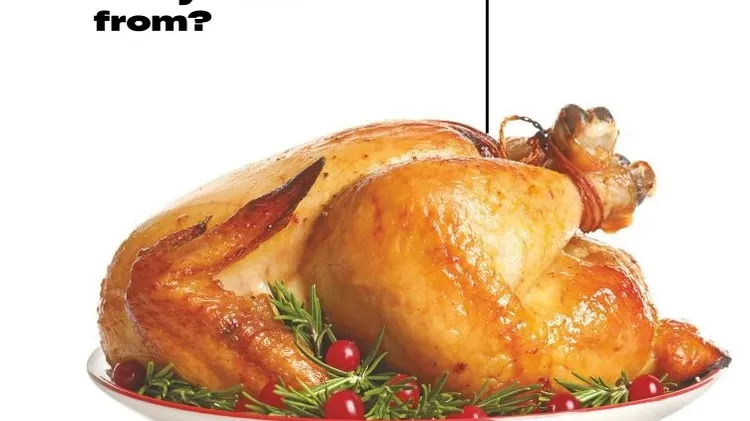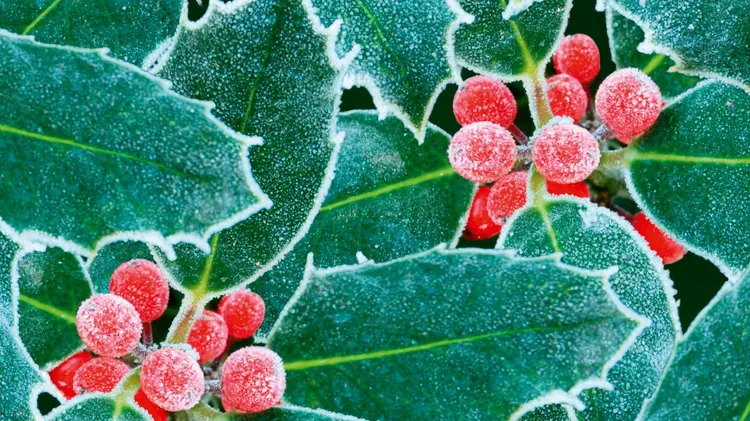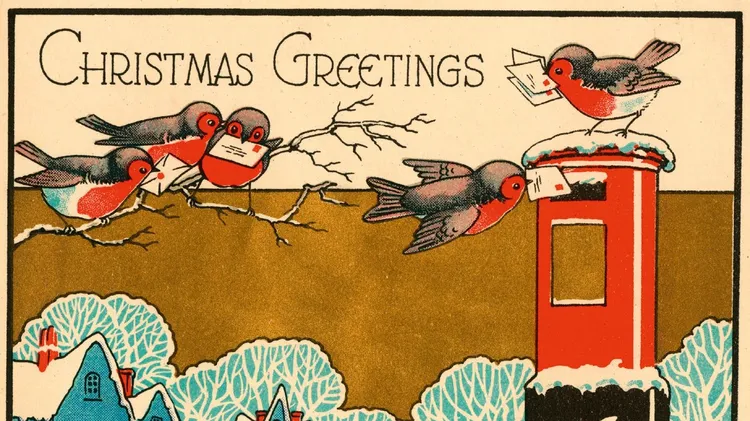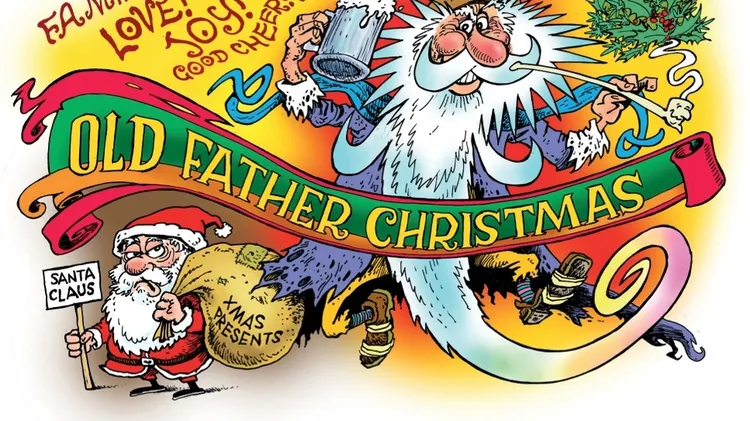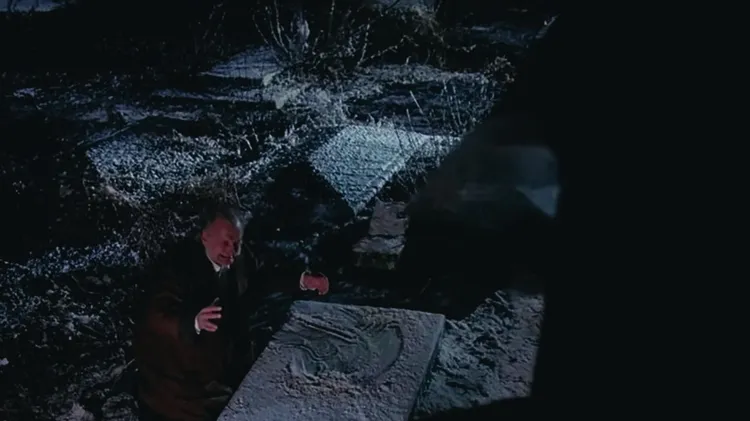The festive period isn’t all smiling Santas and seasonal goodwill.
Thedarkside of christmas
5 min read
This article is from...
Read this article and 8000+ more magazines and newspapers on Readly


